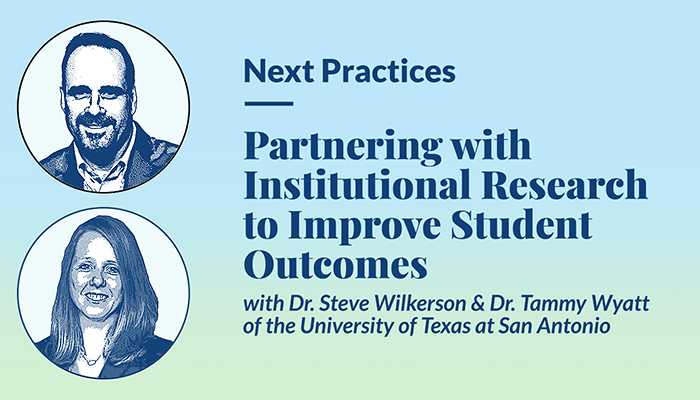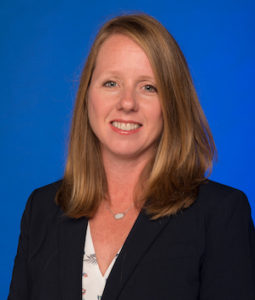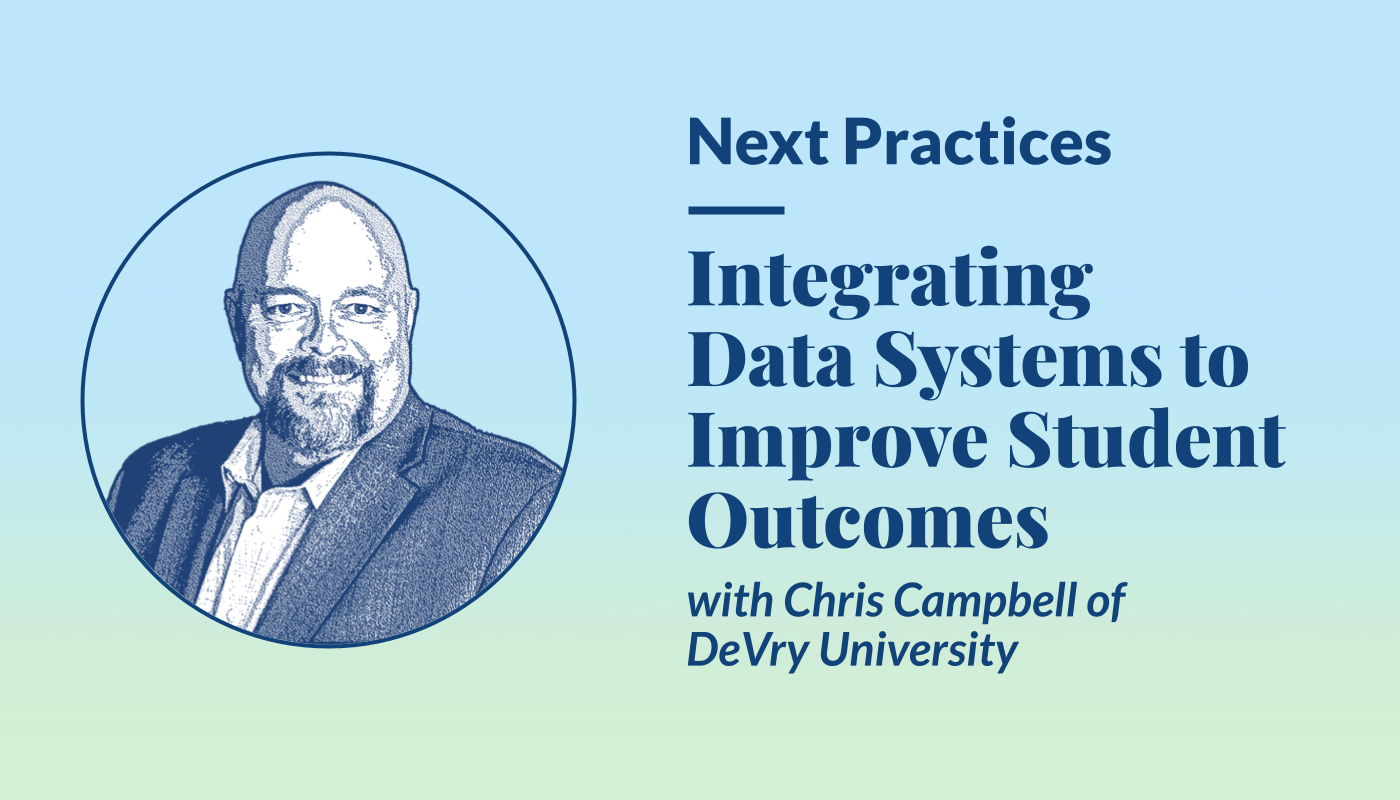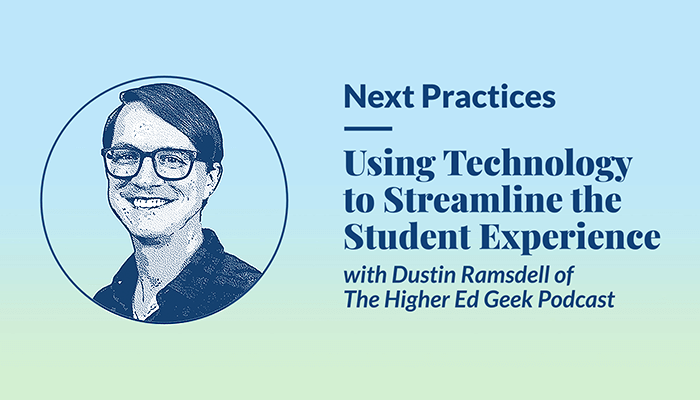
Partnering with Institutional Research to Improve Student Outcomes with Dr. Steve Wilkerson and Dr. Tammy Wyatt
Share this Post
Subscribe: Spotify | Apple Podcasts | Youtube Music | Full Transcript
Today, we are joined by Dr. Steve Wilkerson and Dr. Tammy Wyatt of the University of Texas San Antonio. Dr. Wilkerson is the Associate Vice President and Chief Analytics Officer, and Dr. Wyatt is Vice Provost for Student Success. You can catch an earlier conversation with Dr. Wyatt in Episode 5.
Today we’re talking about how the UTSA Student Success Team works closely together with Institutional Research to improve student outcomes. We talk about how they’ve deconstructed silos, how IR works together with campus partners to support proactive student success, and how regular evaluation of their student success initiatives allows the UTSA team to be responsive rather than reactive to student needs.
Show Notes:
- [2:35] – Dr. Wilkerson and Dr. Wyatt share their background and current roles at UTSA.
- [5:16] – Dr. Wyatt describes the way the Student Success team is structured at UTSA and the programs they offer.
- [8:04] – As they saw continued success, the work became more refined. It’s less about the what and more about the how now.
- [10:11] – When something is in place, things tend to plateau, but small gains add up.
- [12:50] – What has driven Dr. Wilkerson is access to data and asking the right questions.
- [14:37] – What does it look like to integrate and partner with IR?
- [17:39] – All programs have been analyzed by the Impact tool in Civitas. This has helped UTSA be more efficient.
- [19:14] – Conversations go now much differently from how things were a few years ago.
- [21:03] – This helped the institution to deconstruct silos.
- [22:19] – Supporting students from start to finish is the goal for everyone on campus.
- [23:45] – How can we support sustainable student success?
- [25:04] – Faculty has appreciated the data that shows how their support is a part of student success.
- [27:47] – The data gives the information needed to decide how to approach student success.
- [28:33] – Learn what Impact Analysis in Civitas Learning does.
- [31:15] – Dr. Wilkerson shares what he likes about the tool and the benefits it has brought to the team.
- [33:43] – They started working with IR around the start of Covid-19. It might be time to reassess and see the differences over time.
- [36:01] – The data shows points that may be surprising and helps you understand the why.
- [39:02] – How do we drive in the students that need help and aren’t coming?
- [42:10] – We can reflect on our own educational journey and think of moments that changed our trajectory.
- [44:33] – Most institutions are doing a lot of what, but are they really thinking about how?




